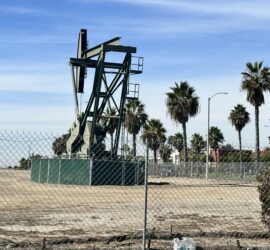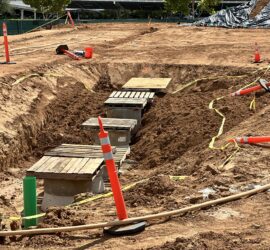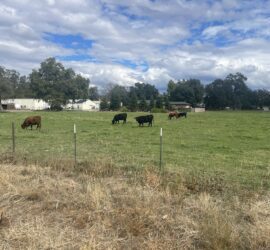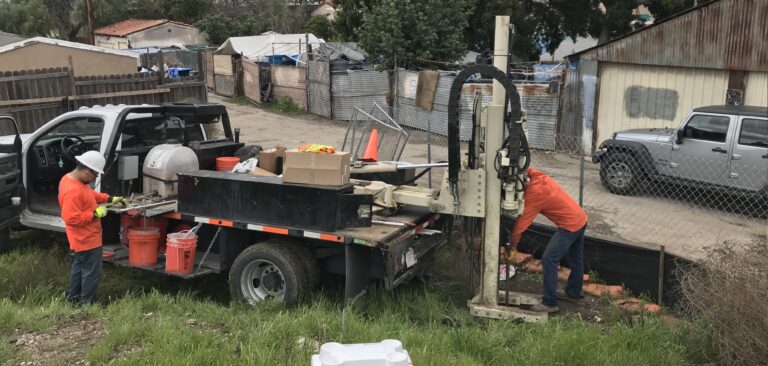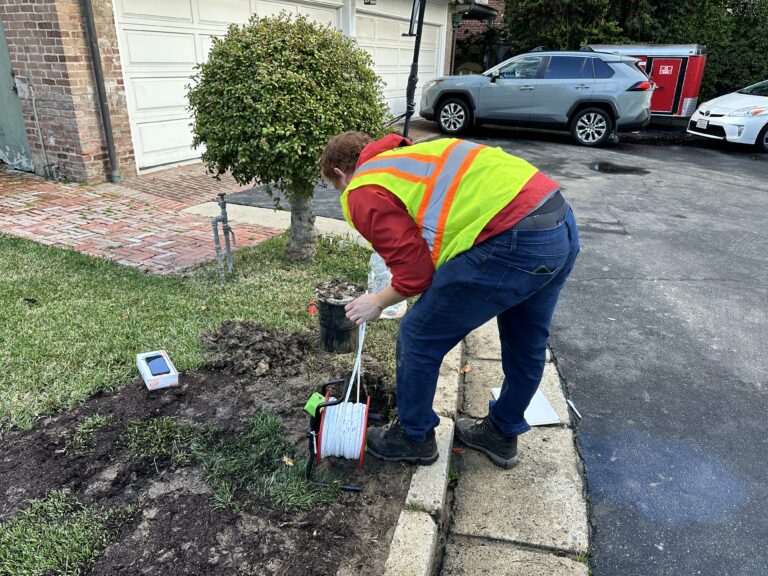ASTM E1527-21 Standard Phase 1 Environmental Site Assessment
Quarter four of the year 2021 entails an update to the ASTM Standard for Phase 1 Environmental Site Assessment reports. The current ASTM standard for a Phase 1 ESA is “E1527-13.” Per a mandatory revision cycle, version E1527-21 proposes modern strategies to assess new and existing human health risks and environmental liabilities. The overall goal for the revisions is to regulate the Phase 1 ESA process on the basis of modern science and laws. Moreover, the standard aims to enforce the deliverance of higher-quality environmental due diligence services for the consumer. Updated April 10, 2024.
American Society for Testing and Materials Update
Over the years of the E1527-13 Standard, environmental professionals (EPs) nationwide have provided feedback for amending Phase 1 ESA criteria. As current events, information, and technology update, so do the interpretations of recognized environmental conditions (RECs). Similarly, professionals develop new concepts of controlled RECs (CRECs), historical RECs (HRECs), and environmental issues, over time. In response, a panel of experienced professionals and advisors review these proposals and contribute their expertise.
Approval by the U.S. Environmental Protection Agency
Initially, the American Society for Testing and Materials (ASTM) puts forth the new E1527-21 Standard for Phase 1 Environmental Site Assessment reports. Afterward, the United States Environmental Protection Agency (USEPA) reviews and recognizes it. The USEPA approval aims to validate Phase 1 ESA reports where it applies to the All Appropriate Inquiries (AAI) rule. For instance, the CERCLA laws for Innocent Landowner Liability Protection at Brownfields sites.
Presumptions of the 2021 ASTM E1527-21 Standard
Although the updates remain in review, industry professionals can still project the upcoming changes on the basis of the ASTM’s Phase 1 ESA Task Group comments.
ASTM E1527-21 Phase 1 ESA Interviews & Site Reconnaissance
The Phase I ESA interview process may be subject to stricter guidelines in the upcoming 2021 standard. For instance, interviewing current or past occupants during a Phase 1 Environmental Site Reconnaissance is already a part of the E1527-13 standard. However, it’s become apparent that in most cases, this criterion isn’t strongly pursued. This is because such information is generally challenging to obtain from credible sources. Furthermore, it is difficult to inquire about the matter without agitating site contacts or being misled.
As a result, most Phase 1 Environmental Site Assessment reports dismiss this criterion as a data gap. Instead, the EPs focus on other available sources of information to form conclusions. Regardless, the new standards are likely to raise the bar for validating a Phase 1ESA on the basis of interviews.
Additionally, there may be stricter requirements for the quantity and quality of photographs, as well as their descriptions. The strengthening of the interview process, as well as the site reconnaissance documentation, may require the environmental due diligence companies to spend more time on a Phase 1 ESA report than before.
Historical Research Documents of Phase 1 Environmental Site Assessment Reports
Modernly, Phase 1 ESAs comprise a variety of documents pertaining to historical conditions. For instance, a compilation of recoverable topo maps, aerial photos, city directory records, and fire insurance maps. Although there is no minimum date range for historical documents in the current standard, most EPs successfully manage to compile data as early as the 1800s. However, insufficient data recovery yields a limited supply of historical documents. And this insufficiency ultimately leads to unreliable conclusions. As a result, the new ASTM E1527-21 Standard for Phase 1 Environmental Site Assessment Reports is likely to set a clear requirement for historical documents to extend back to at least 1940.
Adjacent Properties
Historical research requirements will also be strengthened as they relate to adjacent and adjoining properties. Although the standard is currently in draft, it presumably includes a requirement that all available historical sources also apply to adjacent or adjoining properties.
New Chemicals of Potential Concern
Another likely change to the current standard involves the inclusion of more chemicals of concern.
For instance, perfluoroalkyl and polyfluoroalkyl substances (PFAS), or “C8 Chemicals” are an increasing point of concern in the environmental community. In fact, information and data about perfluorooctanoic acid (PFOA) and perfluorooctane sulfonate (PFOS) already show a threat within most human and animal bodies. And C8 can be the root cause of various health defects. As a result, C8 pollution in soil and groundwater is likely to become a strong pillar of the Phase 1 Environmental Site Assessment process. Similarly, the subsurface testing for C8 contamination may become a driver of most Phase 2 Environmental Site Assessments in the near future.
Another presumable consideration for the upcoming ASTM standard is the increasing concern about releasing polychlorinated biphenyls (PCBs) into shallow marine and continental environments. Geologists and biologists worldwide are observing massive effects on human and animal health, resulting from PCB pollution. Although some EPs already comprise a PCBs section as a non-scope item (alongside asbestos and lead). Nonetheless, this may become a standard for Phase 1 ESAs moving forward.
Historical Recognized Environmental Conditions (HRECs)
Another update will presumably comprise additional steps in the investigation of HRECs and CRECs. For instance, an in-depth review of any HREC on-site, in order to determine whether the concern has reappeared or not. Similarly, CRECs may require a micro compliance audit to certify that the corrections comply with appropriate engineering controls and containment methods of the regulatory authority.
Shelf Life
The current ASTM E1527-13 standards do not indicate how long a Phase 1 Environmental Site Assessment Report is good for. Although the Small Business Administration maintains in-house criteria for shelf life, independent users apply self-directed timeframes. For example, most real estate professionals apply a general one-year timeframe for Phase 1 ESA reports to be valid. Nonetheless, the new ASTM E1527-21 standard for Phase 1 Environmental Site Assessment reports may establish reasonable report shelf life timeframes.
Data Gaps
Currently, the ASTM E1527-13 standard provides a distinction between “data gaps” and “significant data gaps.” Whereby, the former is not likely to alter the conclusion of the investigation, and the latter does impair one’s conclusion of an RECs. In response, the new ASTM E1527-21 standard will probably require a list of significant data gaps at the forefront of the report. The idea behind this change is to prominently demonstrate limiting factors in a report, rather than having them less apparent in the body.

